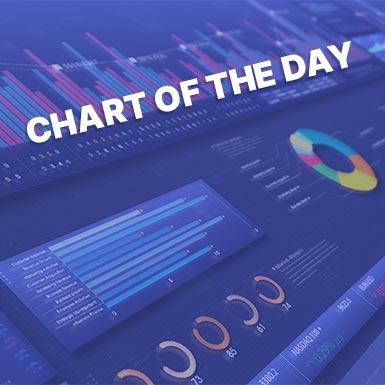The Burn Multiple: Improving Capital Efficiency
Chart of the Month: The Burn Multiple
By Michael Blake, CFA, ASA, ABAR
In this feature, I share one of the most popular charts that I shared on social media in the last month. If you’d like to see all my charts as they are issued, connect with me on LinkedIn or @unblakeable on Facebook, Instagram, or Twitter and make sure to set your alerts to inform you when new charts are published!

Uncertain Times in Venture Capital
These are already uncertain times for venture capital, and the untimely demise of Silicon Valley Bank did the sector no favors. Capital providers were warning companies to be prepared to do without fresh capital for at least two years before the bank’s failure. The collapse of Silicon Valley Bank could add a year to the duration of the capital crunch.
This means that, in order for companies to survive, they must become very capital efficient. This is, to be fair, a tough break for startups because they have been conditioned and indeed built for a world in which venture capital would be plentiful. Rebuilding a company for capital efficiency instead of single-mindedly pursuing market share is slamming on the brakes at Mach 2.
Who Decides?
Tough break or not, venture capitalists decide to whom they are going to write checks, or not. Founders must adapt and so capital efficiency is the order of the day. But how do you know if you’re capital efficient? Historically, if you don’t run out of money, it means you’re capital efficient, which is like measuring gas efficiency by whether or not your car still has gas in the tank.
Awhile back I came across this table (OK it’s technically a table, but sometimes they are called charts) by David Sacks and this is a nice summary metric, the burn multiple, expressed as Burn (use of invested cash)/net new Annual Recurring Revenue (ARR).
That means you can improve your capital efficiency by either reducing burn or increasing recurring revenue. No more just buying market share and you’ll probably have to shift funds from technology development into sales and marketing (not the reverse, as many companies will do.)
Assessing Your Company Rates
You might assess how your company rates in terms of capital efficiency by using the table below. People are going to quibble over whether this table has the right scale, but I think most SaaS veterans will agree that it is directionally right.
| Burn Multiple | Efficiency |
|---|---|
| Under 1x | Amazing |
| 1 - 1.5x | Great |
| 1.5 - 2x | Good |
| 2 - 3x | Suspect |
| Over 3x | Bad |
Ideally, your burn multiple will fall under 1x, which means you don’t need capital at all in most cases. Your growth will be slower, but you’ll survive, and indeed you will be an attractive acquirer for companies that aren’t able to bring their ratios down. At a minimum you probably need to get your burn multiple below 2x or you’re not going to make it unless you have a sizeable war chest.
Mark Dayman is a partner with BW Arpeggio and the leader of the Disputes, Litigation and Forensics practice. Mark has provided valuation, litigation support and forensic services for over 40 years. His team includes leaders in litigation support and has unique experience in franchising, real estate, hotels and resorts, food and beverage, automotive, and healthcare and medical devices. Mark is a qualified expert in state and Federal courts. He is located in Atlanta but works on cases throughout the US.
Mark Dayman CPA/ABV/CFF, ABAR, CVA
Mobile 678.662.6478